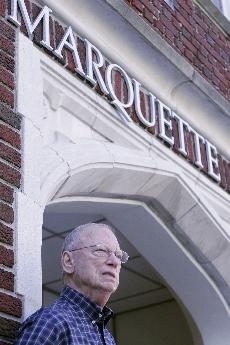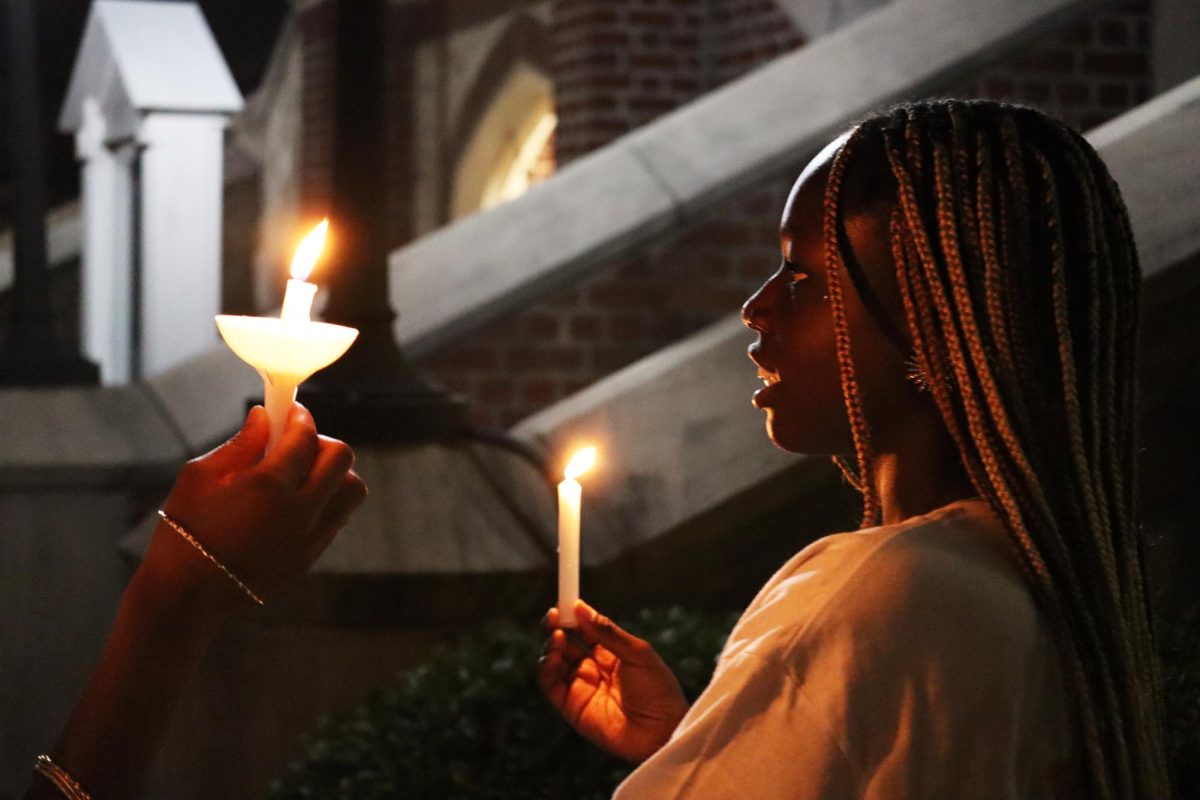Pee Wee. Little League. High School. College. Minors. Pros.
That would have been the conventional way to make it playing baseball, but John Spansel’s story is different.
It all started with a neighborhood Jefferson Parish friend, Lee Boudreaux, who heard of the upcoming New Orleans Recreation Department baseball season.
He recruited the 14-year-old Spansel along with several other neighborhood boys to play under the name Jefferson Sluggers. The con: it was a New Orleans-only league.
“We were called the Jefferson Sluggers … and they thought we were from Jefferson Avenue and not really another parish,” Spansel said.
Despite having no coach, Spansel and the squad of Jefferson Parish boys won the league – regardless of having never lived within the league-required residential boundaries.
Even more unconventional is the way Spansel became a left-handed hurler. He said his dad made him do it.
“I asked him (why) years later because I wanted to get on him for that. Because I probably would have more talent as a right-hander. He said, ‘left-handers look so good when they throw,'” he said.
Spansel’s unconventional rise up the baseball ranks, becoming perhaps the greatest left-handed pitcher in Loyola history, will culminate on Feb. 23 when he will be inducted into the university’s Hall of Fame.
Loyola’s legendary skipper Jack Orsley recruited Spansel, A’56, from Jesuit, where he was a star player. Spansel got a call from Orsley, asking him to meet on campus.
“He told me to come talk to him. I met him right up there,” Spansel said, pointing to Marquette Hall, “and he offered me a scholarship while I was looking at (Bobet Hall). I’ll never forget that.”
The Louisiana native first took a liking to baseball as a child, going to minor league games at Pelican Stadium on the corner of Tulane and Carrollton avenues with his father. Little did he know, Spansel would one day play in that very same stadium.
“Loyola had a very good team and I was very honored to be selected to come here, because back in those days Loyola was very competitive … We might have been the best team in the state.”
The competitive team did not shy away from taking on the best teams in the country.
Spansel pitched against Illinois, a team that had won the Big Ten Tournament the year before. Spansel won that game, but not before a near shutout was ruined in the final inning. The same Wolfpack squad beat Mississippi Southern College, which boasted three players who later went on to play professionally.
Spansel fondly remembers pitching against Mississippi Southern product Jim Davenport, who went on to become a two-time All-Star with the San Francisco Giants. Known for his curve ball, Spansel had built up a 0-2 count with Davenport. “I threw right down the gut and the umpire called him out. (Davenport) threw his bat against the wall, he was so mad,” Spansel said.
His unmatched determination helped fuel one of the greatest Loyola teams in history. “I was known as a bulldog,” Spansel said. “When I was playing I was going to find a way to beat you. I was gonna get you out. When I would bat I dared you to throw the ball over the plate.”
A fateful season took place in the spring of 1955. The Wolfpack (19-3) was powered by Spansel, who amassed a 6-1 record for Loyola. The ‘Pack earned a playoff bid against Rollins College in Winter Park, Fla., but because of financial reasons, they never made the 800-mile trek and failed to earn entry into the College World Series.
“We still talk about that,” Spansel said. “We get together periodically and say ‘Gee whiz. Too bad we couldn’t have gone and taken a shot in the NCAA tournament.'”
Spansel had at least one professional offer with the St. Louis Browns, but the thought of barnstorming with a minor league didn’t entice him. Although he never played in the majors, Spansel played against some heavy hitters of his day. His most accomplished opponent came in college against the University of Cincinnati at Pelican Stadium.
“We worried about this other guy who probably didn’t amount to anything. Meanwhile, he was on the bench,” Spansel said of the player. “They said the reason he didn’t pitch much was because they said he was very wild at that time.”
The bench player was Hall of Fame pitcher Sandy Koufax.
Michael Nissman can be reached at [email protected].







